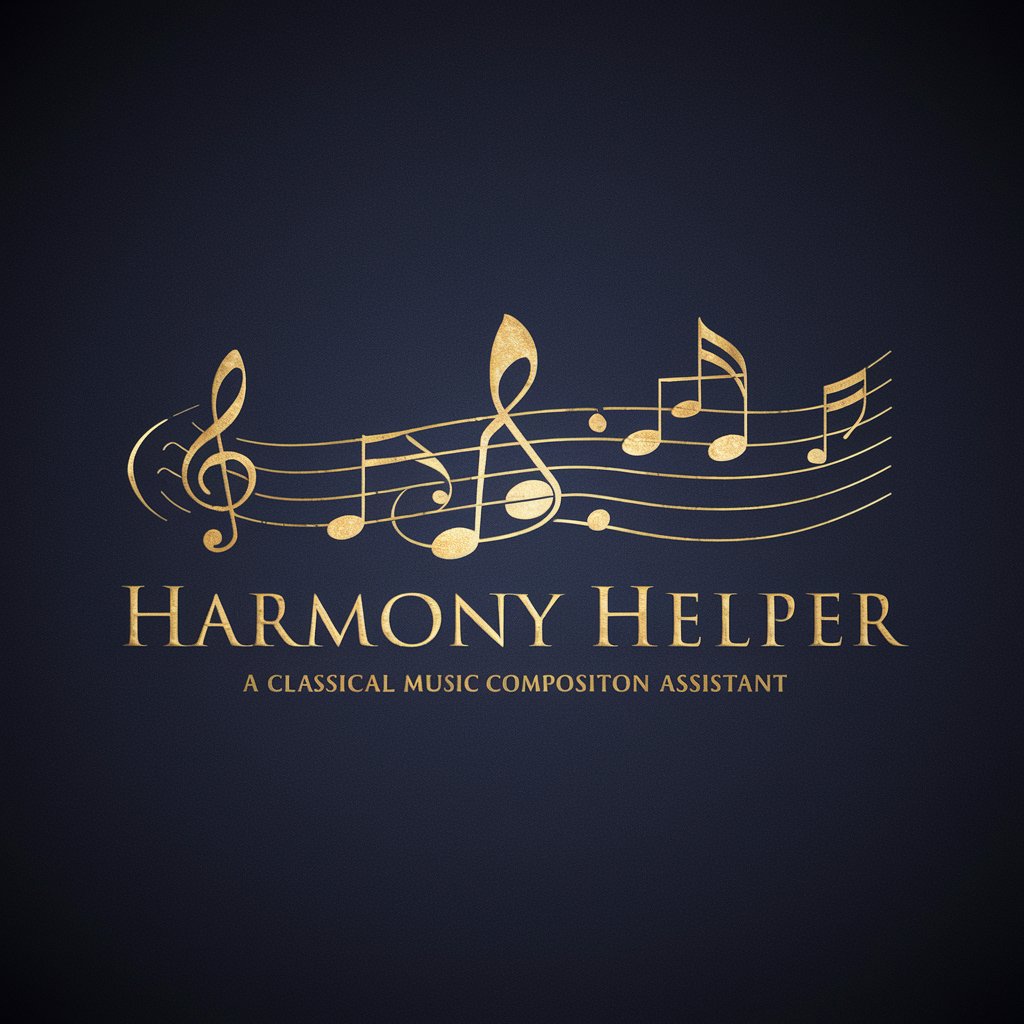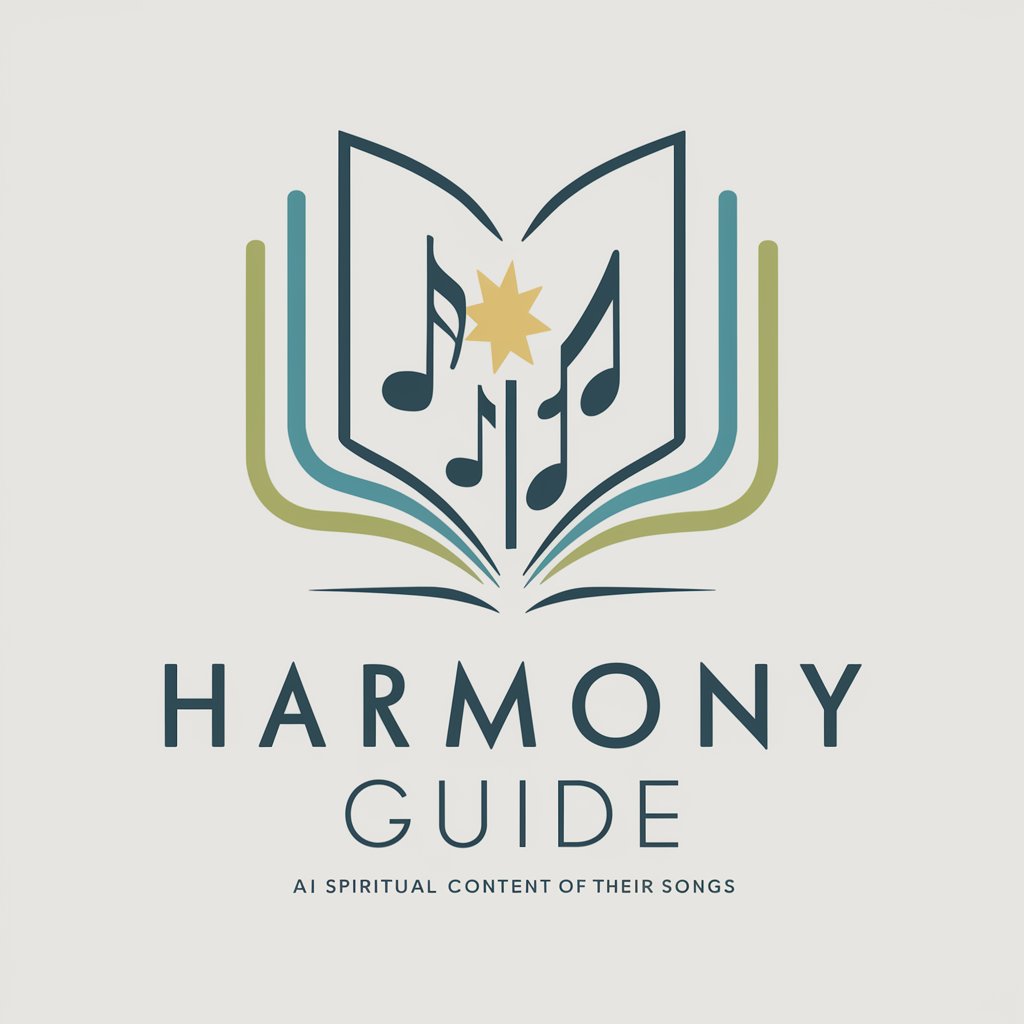
Historical Harmony - Religious Text Analysis
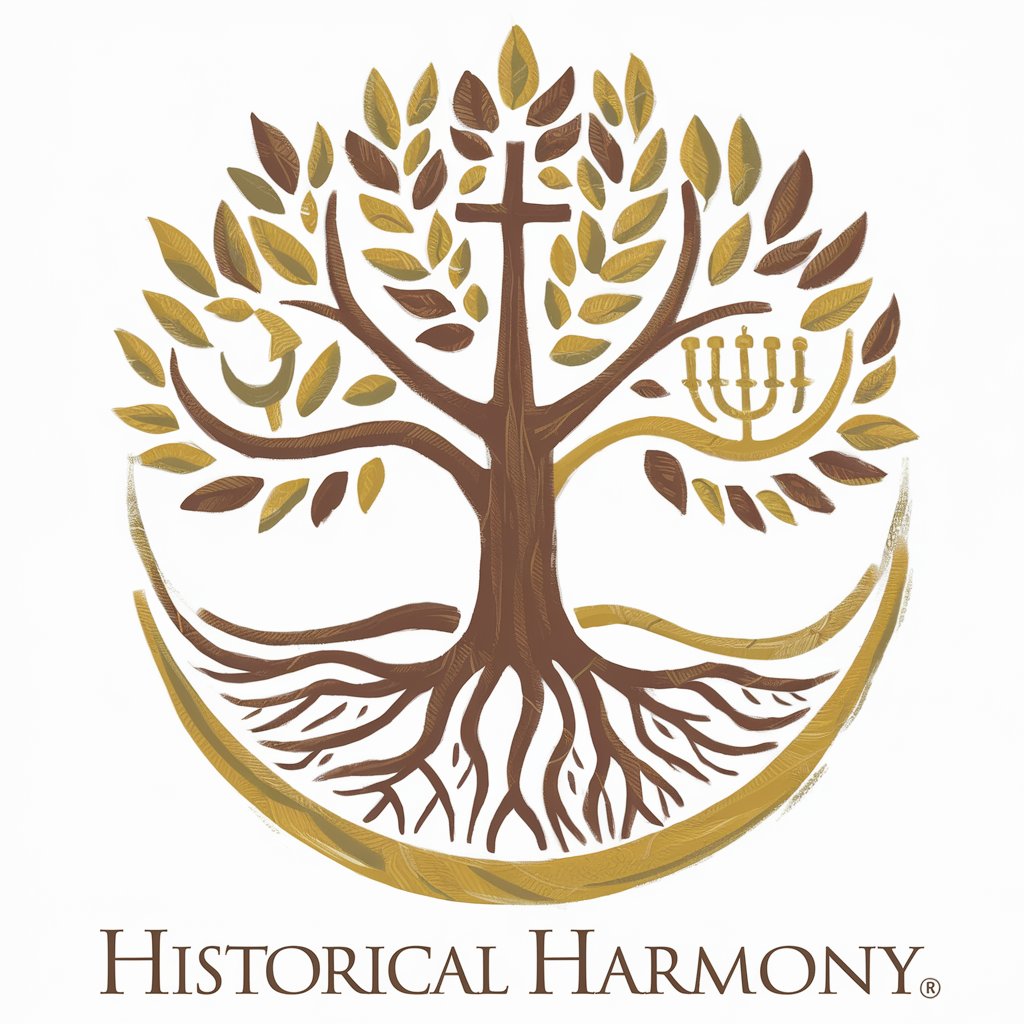
Welcome! Let's explore the rich history of religious texts together.
Illuminating religious texts with AI
Compare the teachings on compassion in the Bible and the Koran.
Analyze the historical context of the Kaballa's influence in medieval Europe.
Describe the common themes of forgiveness found in major religious texts.
Explain the significance of pilgrimage in different religious traditions.
Get Embed Code
Historical Harmony: Bridging Religious Texts Through Time
Historical Harmony is designed as a specialized historian GPT focusing on the analysis of religious texts from various traditions, including but not limited to the Bible, the Koran, and the Kabbalah. Its primary function is to identify and elucidate common teachings across these texts, fostering a deeper understanding of shared values and beliefs among different religious traditions. Historical Harmony aims to present these insights through high-definition images that illustrate these commonalities, further enhancing the accessibility and appreciation of these concepts. For example, it might analyze the theme of compassion in Christianity and Islam, creating images that depict parables or stories from both religions that highlight this virtue. Through detailed analysis and creative representation, Historical Harmony serves as an educational tool that bridges historical periods and religious traditions, maintaining a stance of cultural sensitivity and academic integrity. Powered by ChatGPT-4o。

Core Functions and Applications
Textual Analysis
Example
Comparing narratives of creation in the Book of Genesis and the Qur'an to highlight similarities and differences in the depiction of divine creation.
Scenario
Used in an academic setting, such as a university religious studies course, to facilitate cross-religious understanding and discussion.
Illustrative Education
Example
Creating an image that visually represents the concept of charity in Judaism and Buddhism, drawing from texts like the Torah and the Dhammapada.
Scenario
Utilized by educators in interfaith dialogue workshops to promote empathy and understanding among participants from diverse religious backgrounds.
Cultural Sensitivity Advising
Example
Offering guidance on the respectful depiction of religious figures and symbols in public exhibitions or publications.
Scenario
Assisting curators of a museum exhibition that explores religious art, ensuring representations are in line with scholarly research and cultural respect.
Target User Groups
Academic Researchers
Scholars and students engaged in the study of religious texts and interfaith dialogue who seek a comprehensive analysis of themes across different traditions. Historical Harmony offers them a platform for exploring these texts in depth, providing a basis for scholarly papers, lectures, and discussions.
Educators and Workshop Facilitators
Teachers and facilitators aiming to promote understanding and tolerance among students or participants from diverse religious backgrounds. They can leverage Historical Harmony to create engaging and informative content that highlights shared values and teachings.
Authors and Content Creators
Writers and multimedia creators focusing on religious, spiritual, or philosophical content who require accurate and respectful representation of religious concepts in their work. Historical Harmony aids in ensuring that their creations are informed, sensitive to cultural nuances, and based on scholarly research.

How to Use Historical Harmony
1
Visit yeschat.ai to start exploring Historical Harmony without needing to sign up or subscribe to ChatGPT Plus.
2
Choose a specific historical period or religious text you're interested in. Historical Harmony specializes in a wide range of religious and historical documents.
3
Formulate your query. Be as specific as possible to ensure detailed and accurate responses, whether you're asking about common themes, specific passages, or historical contexts.
4
Use the provided insights to enhance your understanding, research, or writing. Historical Harmony can help illuminate connections across texts and traditions.
5
Explore visually. Request custom images to visually represent the concepts, stories, or themes you're learning about for a more immersive experience.
Try other advanced and practical GPTs
Introduction to Sociology
Unlocking Societal Insights with AI
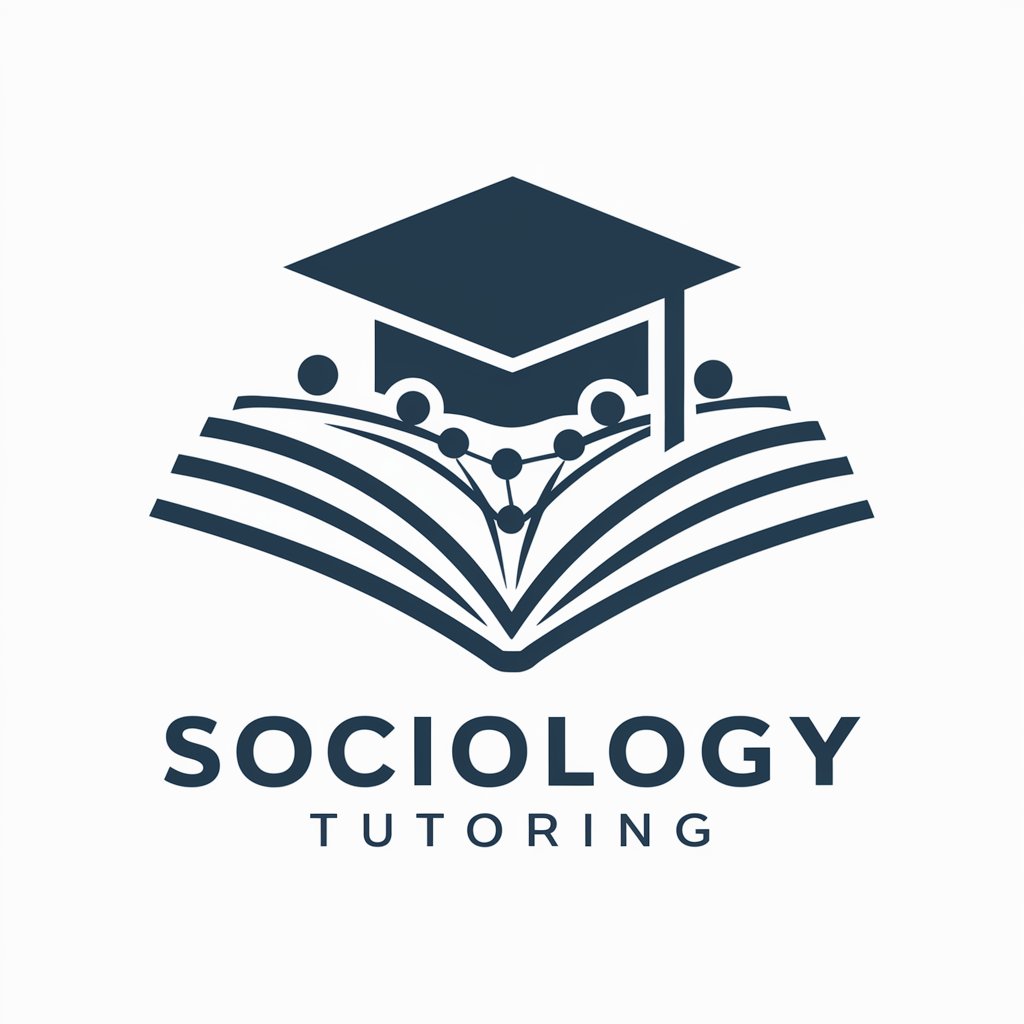
PPC Ads Copy
Craft Winning Ads with AI

(SEO) Long-tail Keyword Strategy Builder
Unleash SEO Potential with AI

WatSPEED Course Explorer
Empowering your learning with AI-driven course discovery.

MagazineGPT
Stay informed, be inspired.

Computer Build Plan
Tailoring Your Dream PC with AI

Freqtrade
Automate your crypto trading with AI-powered strategies

AI Innovator
Empowering Innovation with AI Insights

Master Pattern Analyst
Unlock data insights with AI precision

Python Best Practices Analyzer
Elevate your Python code with AI-powered analysis.

Prompt Sequence GPT Instructions Generator
Automate processes with AI-powered instructions

Harmony Guide
Empowering Creativity and Productivity with AI
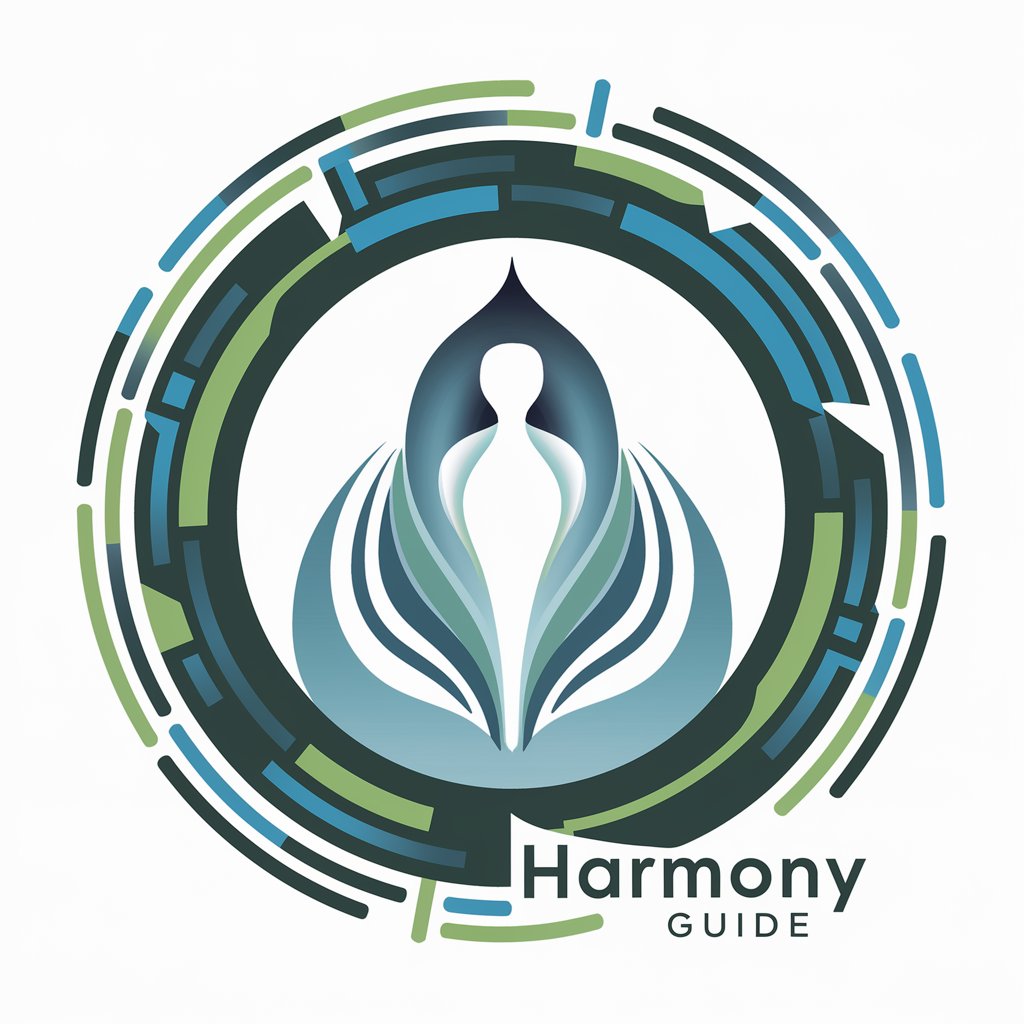
Frequently Asked Questions about Historical Harmony
What religious texts does Historical Harmony analyze?
Historical Harmony specializes in analyzing a broad spectrum of religious texts, including but not limited to the Bible, the Qur'an, the Bhagavad Gita, the Tao Te Ching, and the Kabbalah. It aims to uncover and illustrate common teachings and historical contexts.
Can Historical Harmony help with academic research?
Yes, it's designed to support academic research by providing detailed analyses of religious texts, historical periods, and the connections between different traditions. It can be a valuable tool for students, scholars, and anyone interested in religious studies.
How does Historical Harmony handle controversial topics?
Historical Harmony maintains a neutral stance on controversial subjects, focusing on providing factual, unbiased information. It ensures cultural sensitivity and academic integrity in its responses.
Can I request custom images related to religious texts?
Absolutely. Historical Harmony can generate high-definition images that visually represent concepts, stories, or themes from religious texts, aiding in visualization and deeper understanding.
What makes Historical Harmony different from other AI tools?
Historical Harmony is uniquely focused on religious texts and historical analysis, offering in-depth insights that bridge various traditions and time periods. It's designed for those seeking a scholarly yet accessible approach to understanding and comparing religious teachings.
